Subject Articles
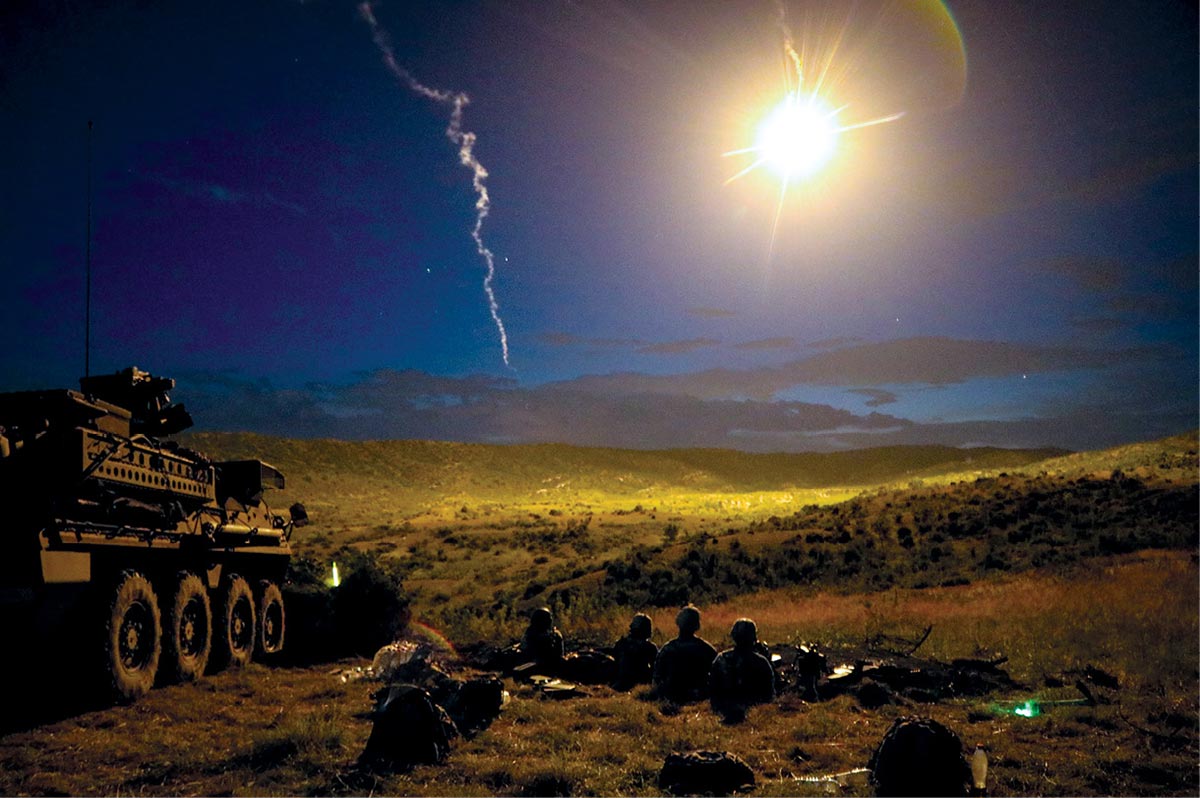
Soldiers from Company A, 1st Battalion, 111th Infantry, 56th Stryker Brigade Combat Team, conduct a night live-fire iteration of a combined arms exercise 11 June 2019 during Exercise Decisive Strike 2019 at the Training Support Centre in Krivolak, North Macedonia. (Photo by Staff Sgt. Frances Ariele L. Tejada, U.S. Army)
By threatening U.S. access into a theater and denying the assembly areas needed for staging, U.S. adversaries can undercut America’s preferred, expeditionary way of war. However, future U.S. land forces can provoke an opponent into unmasking the long-range sensor and strike assets central to its anti-access/area denial system by leveraging multi-domain military deception. This article was a 2020 General William E. DePuy Special Topics Writing Competition entry.
By Lt. Col. Stephan Pikner, PhD, U.S. Army
Published: Military Review, March-April 2021, pg 81
Download the PDF 
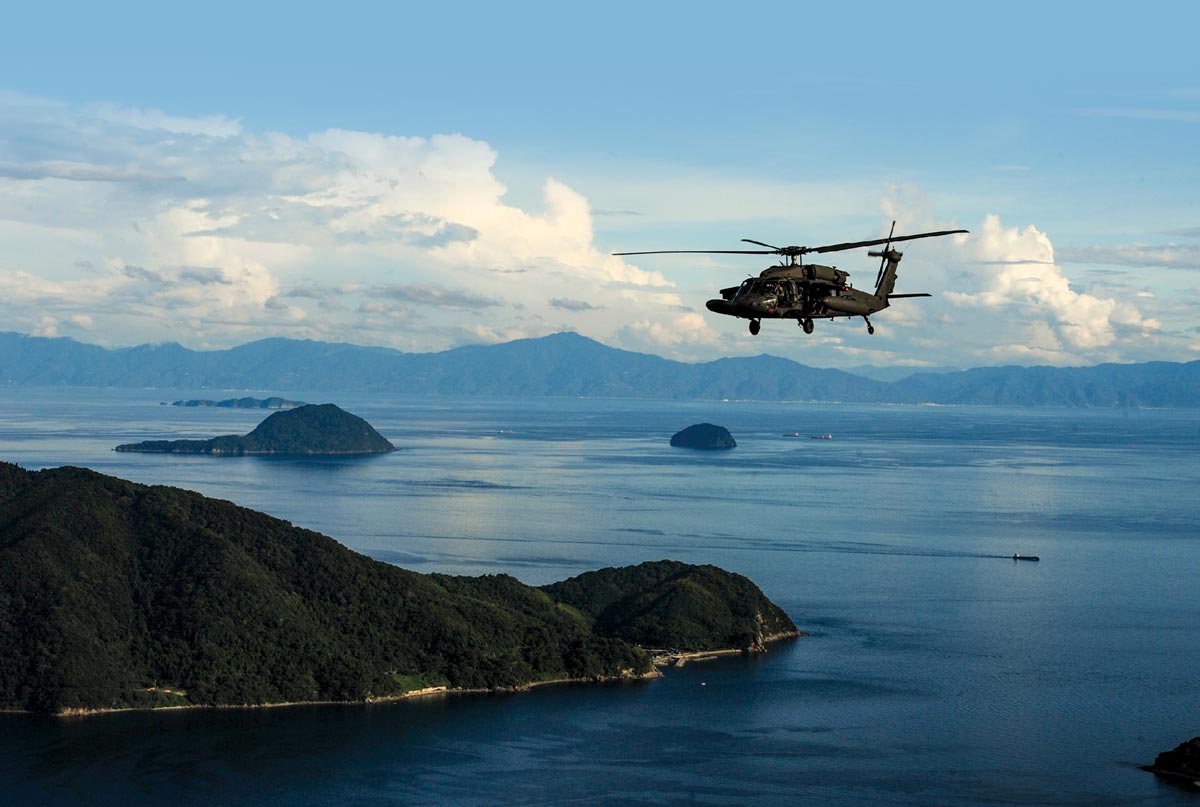
A U.S. Army UH-60 Black Hawk flies over Yamaguchi Bay, Japan, 9 September 2019 during Orient Shield 2019, which is a premier U.S. Army and Japan Ground Self-Defense Force bilateral field training exercise that is meant to increase interoperability by testing and refining multi-domain and cross-domain concepts. (Photo by Staff Sgt. Jacob Kohrs, U.S. Army)
The author illustrates how the multi-domain concept affects echelons at and below the division and discusses its tactical implications.
By Maj. Jesse L. Skates, U.S. Army
Published: Military Review, January-February 2021, pg 68
Download the PDF 
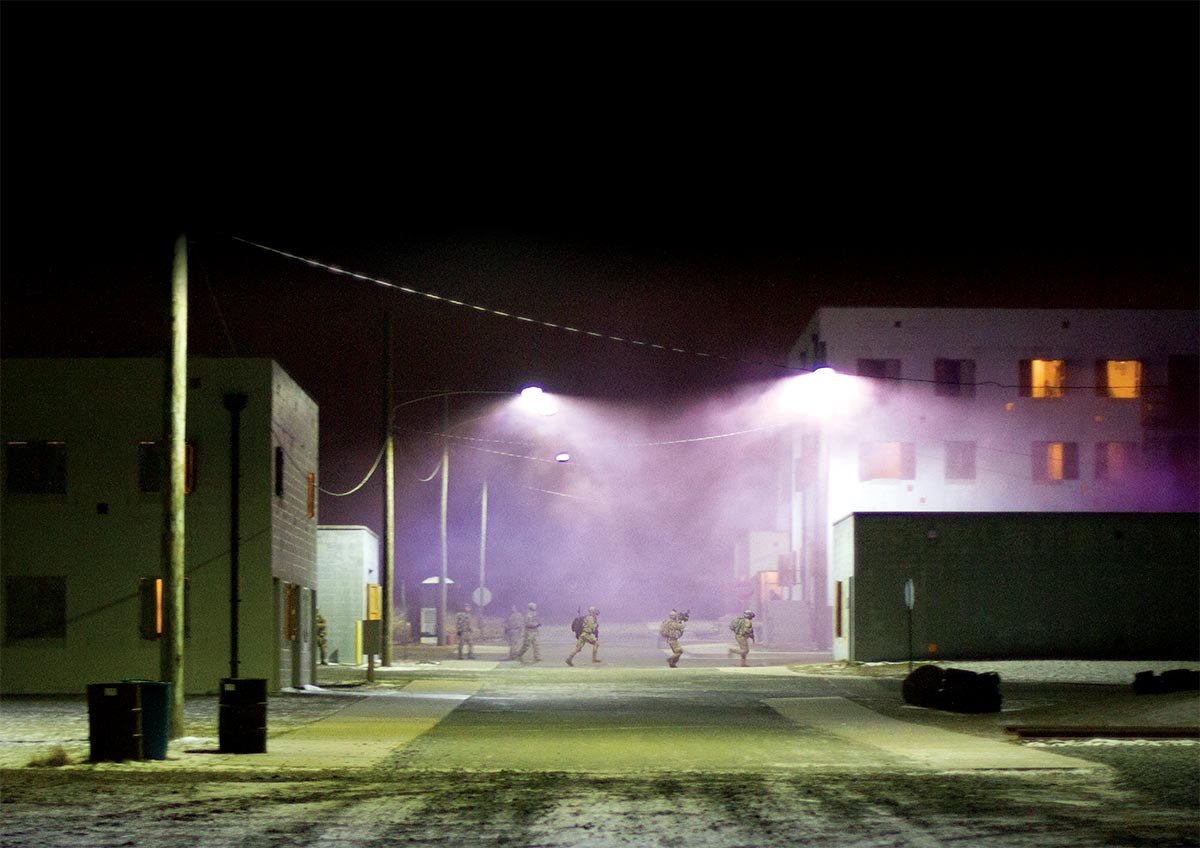
Soldiers from Company A, 2nd Battalion, 506th Infantry Regiment, 3rd Brigade Combat Team, 101st Airborne Division (Air Assault), quickly move to assault their objective at an urban terrain training site 15 March 2017 during Warrior Exercise 78-17-01 at Joint Base McGuire-Dix-Lakehurst, New Jersey. (Photo by Staff Sgt. George F. Gutierrez, U.S. Army Reserve)
The Crucible of Multi-Domain Operations
The authors describe how the size, density, and social elements of cities create a complex and changing environment that must be viewed as inherently multi-domain. They provide six categories of sociocultural systems that influence operations in dense urban terrain and three key intersections between dense urban areas and multi-domain operations.
By Richard L. Wolfel, PhD
Amy Richmond, PhD
Lt. Col. Jason Ridgeway, PhD, U.S. Army
Published: Military Review, January-February 2021, pg 22
Download the PDF 
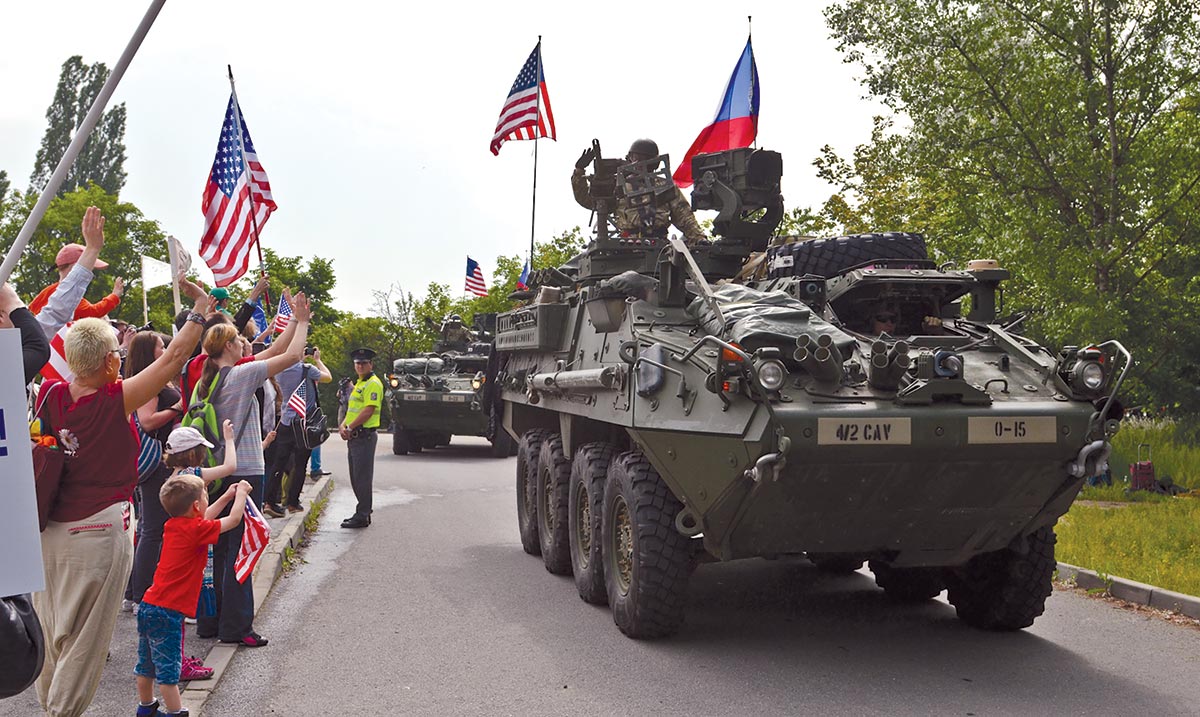
Completing the first leg of their tactical road march from Rose Barracks, Germany, to Tapa Military Training Area, Estonia, soldiers of the 2nd Cavalry Regiment drive their Strykers into Ruzyne, Czech Republic, 27 May 2016 during Operation Dragoon Ride. The soldiers were met by a crowd of Czech citizens who showed their support for the U.S. presence in the Czech Republic. On their journey, approximately 1,400 soldiers in four hundred vehicles traveled over 2,200 kilometers through six countries. Dragoon Ride is conducted to validate U.S. partnering allies’ abilities to assemble forces rapidly, deploy them on short notice, and improve the ability to shoot, move, and communicate as a multinational allegiance. (Photo by Sgt. Caitlyn Byrne, U.S. Army)
The authors describe how the size, density, and social elements of cities create a complex and changing environment that must be viewed as inherently multi-domain. They provide six categories of sociocultural systems that influence operations in dense urban terrain and three key intersections between dense urban areas and multi-domain operations.
By Maj. Jennifer L. Purser, U.S. Army
Published: Military Review, November-December 2020, pg 58
Download the PDF 
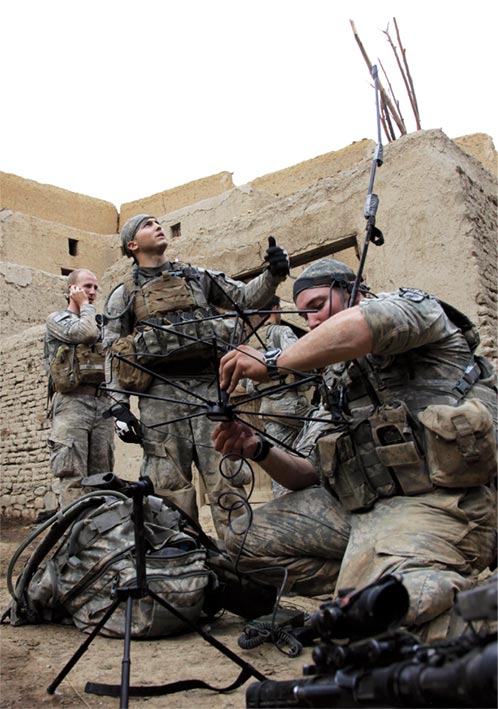
Soldiers with 2nd Platoon, Company A, 1st Battalion, 503rd Infantry Regiment, 173rd Airborne Brigade Combat Team, set up a tactical satellite communication system 9 August 2010 in Shekhabad Valley, Wardak Province, Afghanistan. (Photo by Sgt. Russell Gilchrest, U.S. Army)
An operations officer in the 1st Space Brigade believes that to become an effective multi-domain force, the operational-level Army must begin linking both strategic- and tactical-level space intelligence to plan the operational-level fight, to convey the Army’s intelligence needs to the joint force, and to provide meaningful analysis to tactical echelons.
By Maj. Jerry V. Drew II, U.S. Army
Published: Military Review, January-February 2020, pg 71
Download the PDF 

(Image courtesy of Lockheed Martin)
The author relates lessons learned during Cyber Blitz 2018, an exercise with a focus on information operations and cyber-electromagnetic activities that demonstrated how brigade combat teams might conduct multi-domain operations at the tactical level.
By Maj. Kyle David Borne, U.S. Army
Published: Military Review, May-June 2019, pg 60
Download the PDF 
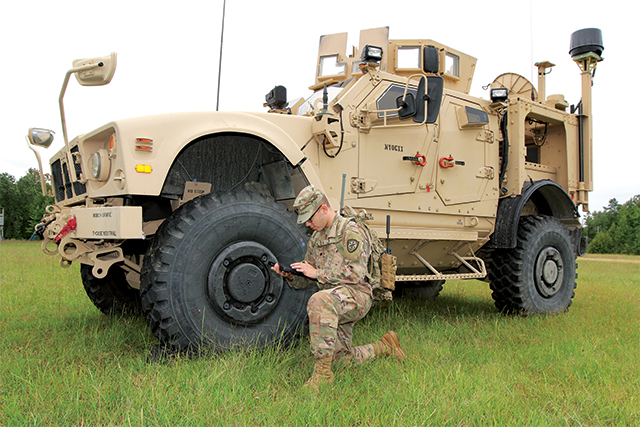
A soldier participates in Cyber Blitz 2018 on 21 September 2018 at Joint Base McGuire-Dix-Lakehurst, New Jersey. The Cyber Blitz exercise helped inform the Army on how to employ evolving cyber-electromagnetic activities and information operations during multi-domain operations. The series of experiments examined how the integration of cyberspace, electronic warfare, intelligence, space, and information operations could help a brigade combat team gain and maintain the advantage against a regional peer adversary in a decisive action training environment. (Photo by Steven Stover)
Lessons from Cyber Blitz 2018
The author relates lessons learned during Cyber Blitz 2018, an exercise with a focus on information operations and cyber-electromagnetic activities that demonstrated how brigade combat teams might conduct multi-domain operations at the tactical level.
By Maj. John P. Rodriguez, U.S. Army
Published: Military Review, July-August 2019, pg 33
Download the PDF 
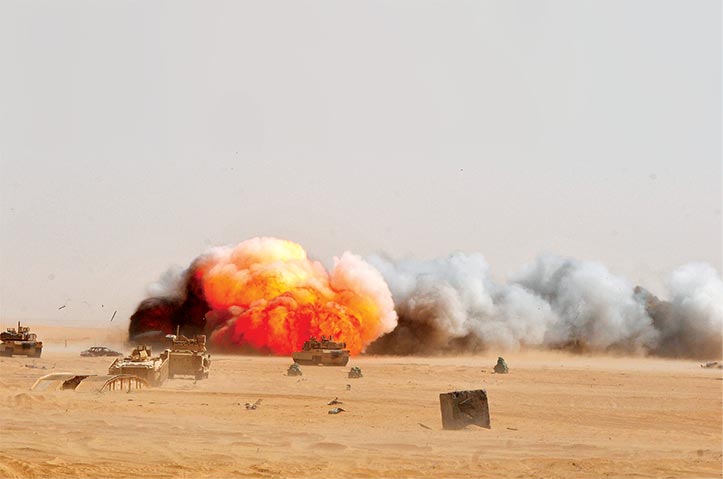
(Photo by Spc. Gregory T. Summers, U.S. Army)
Doctrine Addressing Today’s Fight
Members of U.S. Army Combined Arms Center Commander’s Initiative Group discuss the need for Army leaders to embrace and master the doctrine put forward in Field Manual 3-0, Operations, to rapidly align the Army culture with its latest doctrine.
By Lt. Col. Sam Fishburne, U.S. Army
Maj. Joe Dumas, U.S. Army
Maj. Benjamin Stegmann, U.S. Army
Capt. Jim Burds, U.S. Army
Published: Military Review, January-February 2019, pg 8
Download the PDF 
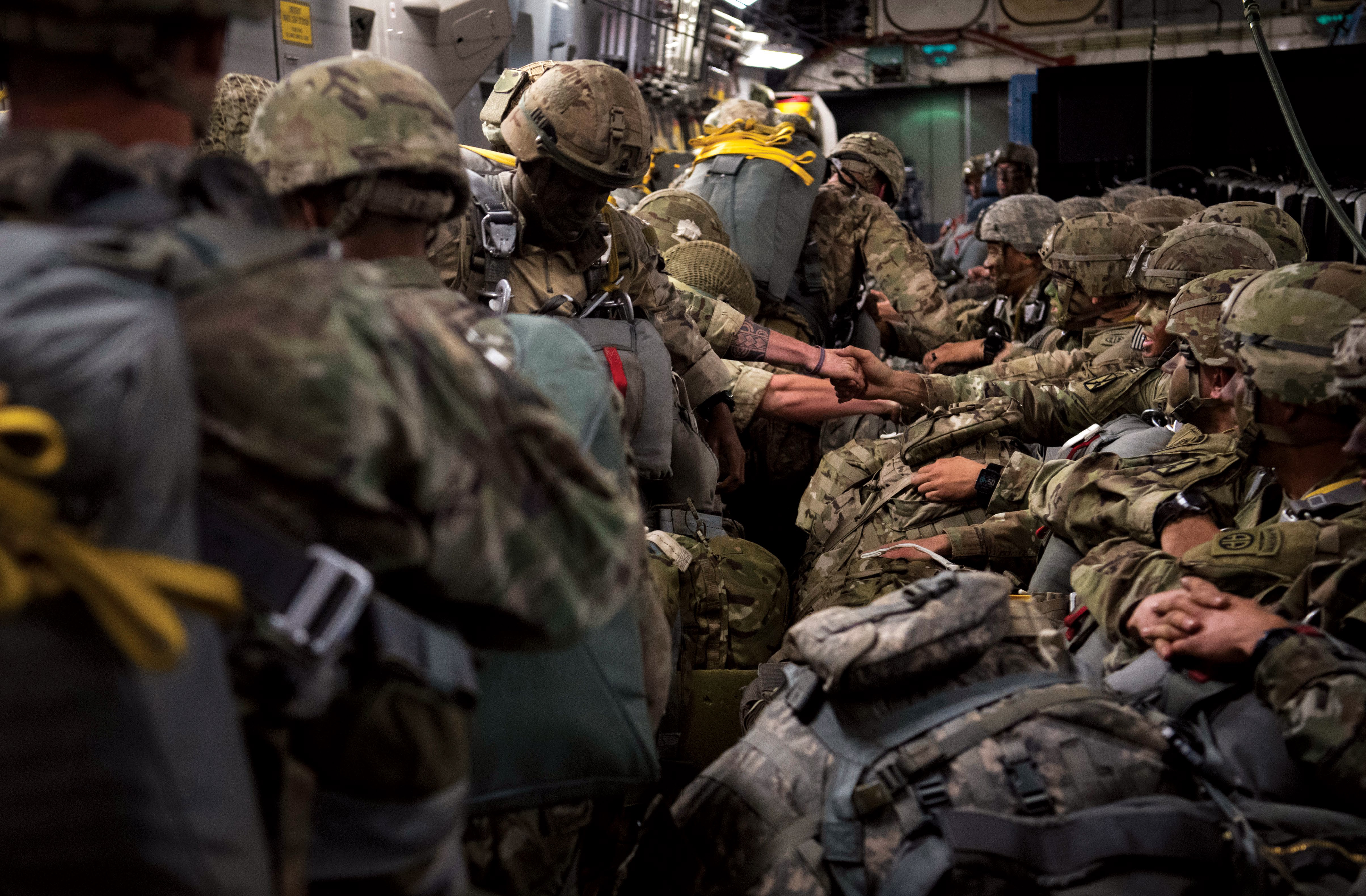
(Photo by Airman 1st Class Gracie I. Lee, U.S. Air Force)
Evolution of an Idea
Multi-Domain Battle served its purpose—it sparked thinking and debate and it created a foundation. But, what we need now is Multi-Domain Operations, and the next revision of the concept to be released this fall will reflect this change.
By Gen. Stephen J. Townsend, U.S. Army
Published: Military Review, September-October 2018, pg 6
Download the PDF 
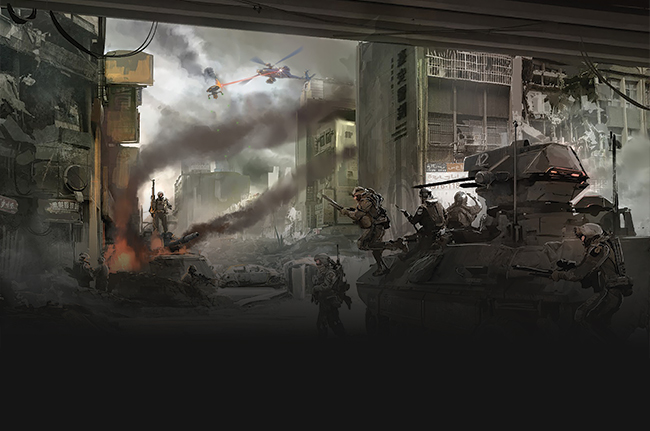
By Gen. David G. Perkins, U.S. Army
In the final article in a series discussing multi-domain battle, the commander of U.S. Army Training and Doctrine Command discusses how the Army must adapt to meet the requirements for a future force operating in a multi-domain environment.
Published: Military Review, Nov-Dec 2017, page 8
Download the PDF 
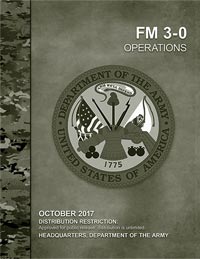
Lt. Gen. Mike Lundy, U.S. Army
Col. Rich Creed, U.S. Army
The commanding general of the U.S. Army’s Combined Arms Center teams with the director of the Combined Arms Doctrine Directorate to provide the background on, the intent behind, and a description of the latest version of Field Manual 3-0, Operations
Published: Military Review, Nov-Dec 2017, page 14
Download the PDF 
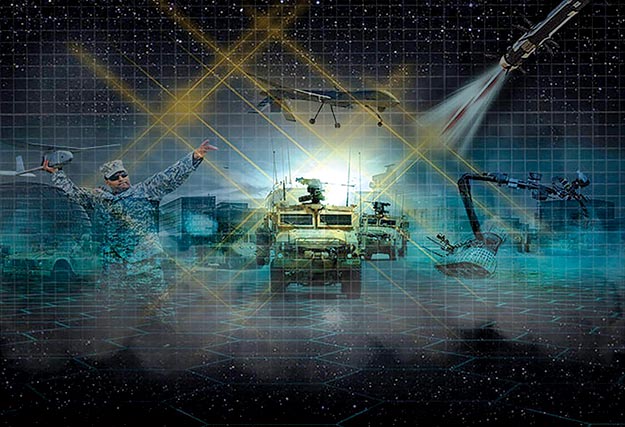
Multi-Domain Battle and Field Manual 3-0
By Gen. David G. Perkins, U.S. Army
In the second of a series on multi-domain battle, the commander of the U.S. Army Training and Doctrine Command describes how Field Manual 3-0, Army Operations, to be published October 2017, will incorporate doctrine to help Army forces prepare for the possibility of major armed conflict in the near future.
Published: Military Review, Sept-Oct 2017, page 6
Download the PDF 
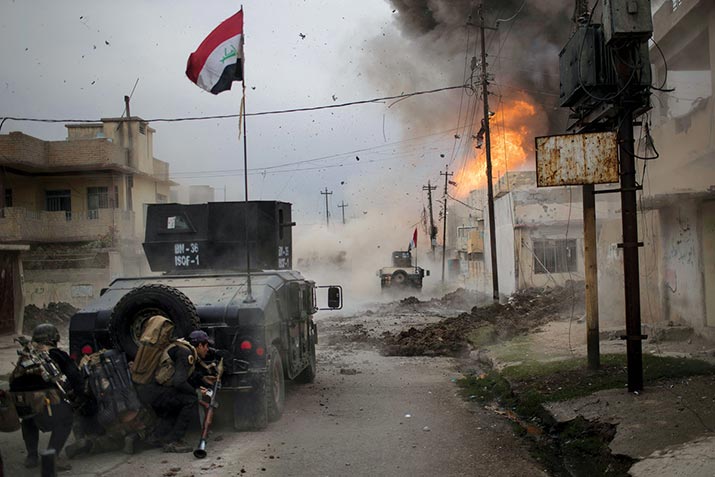
Relevant Observations and Lessons from the Combined Joint Land Force Experience in Iraq
Lt. Gen. Gary Volesky, U.S. Army, Maj. Gen. Roger Noble, Australian Army
In 2016, the campaign to destroy the Islamic State as a fighting force while also pushing any remaining fighters out of Iraq was in full swing. The combined joint force land component command (CJFLCC) in charge of the joint fight during Operation Inherent Resolve was based on the headquarters of the 101st Airborne Division, but the mission differed notably from previous division-level efforts during the coalition-led counterinsurgency fight in Iraq.
Published: Military Review Online Exclusive June 7, 2017
Download the PDF 
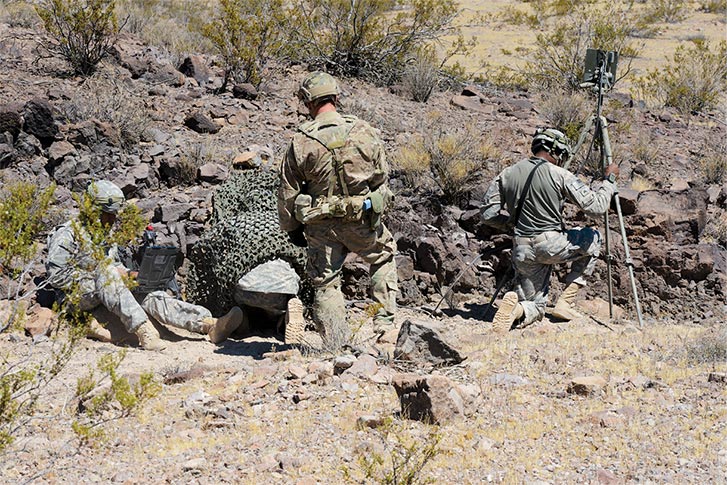
By Maj. Wesley Moerbe, U.S. Army
Solutions to cyberthreats have little to do with technology and quite a bit to do with how we visualize and think about the operations process and mission command as a system in future war.
Published: Military Review, March-April 2017, page 80
Download the PDF 
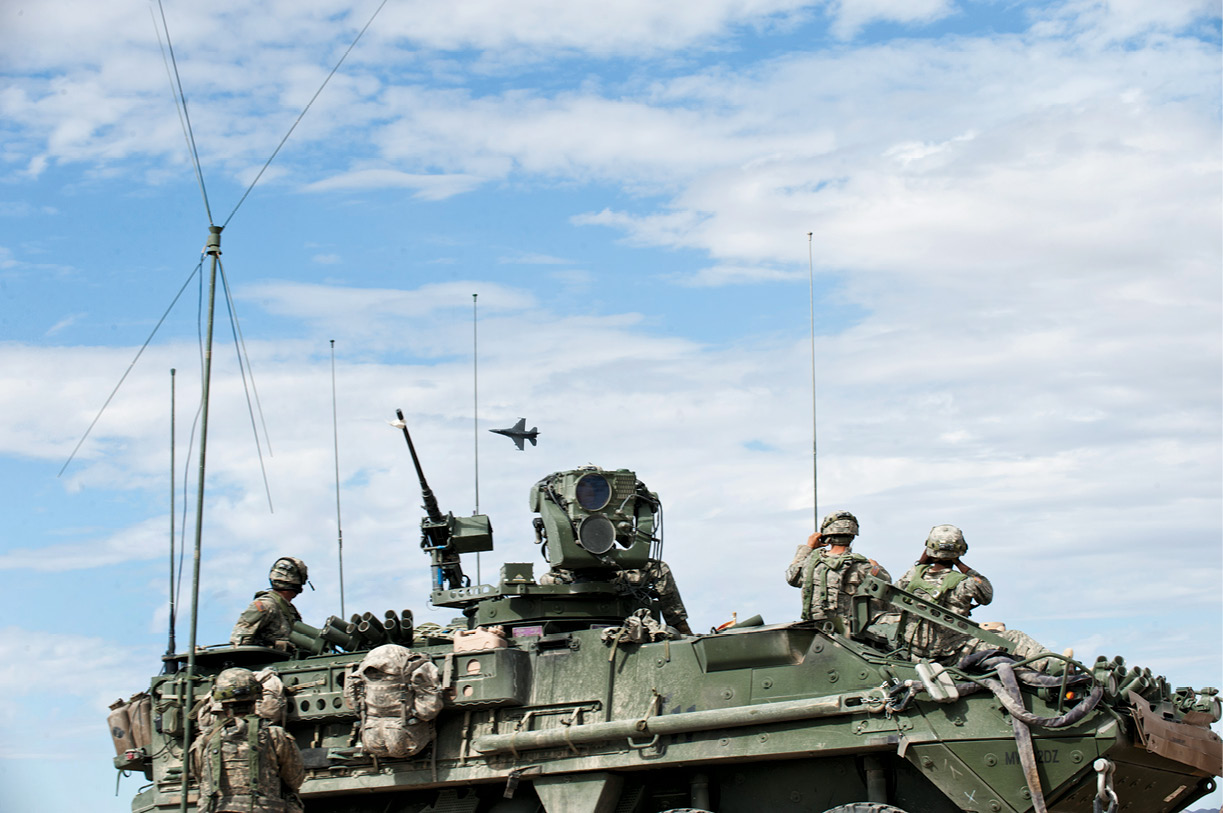
A Fresh Perspective
By Lt. Col. Clay Bartels, U.S. Air Force; Maj. Tim Tormey, U.S. Marine Corps; and Dr. Jon Hendrickson
The authors present a counterargument to assertions that the Army should have its own fixed-wing component to provide close air support.
Published: Military Review March/April 2017
Download the PDF 

Gen. Robert B. Brown, U.S. Army, Commander of United States Army Pacific
In 2016, the campaign to destroy the Islamic State as a fighting force while also pushing any remaining fighters out of Iraq was in full swing. The combined joint force land component command (CJFLCC) in charge of the joint fight during Operation Inherent Resolve was based on the headquarters of the 101st Airborne Division, but the mission differed notably from previous division-level efforts during the coalition-led counterinsurgency fight in Iraq.
Published: Military Review Online Exclusive March 14, 2017
Download the PDF 
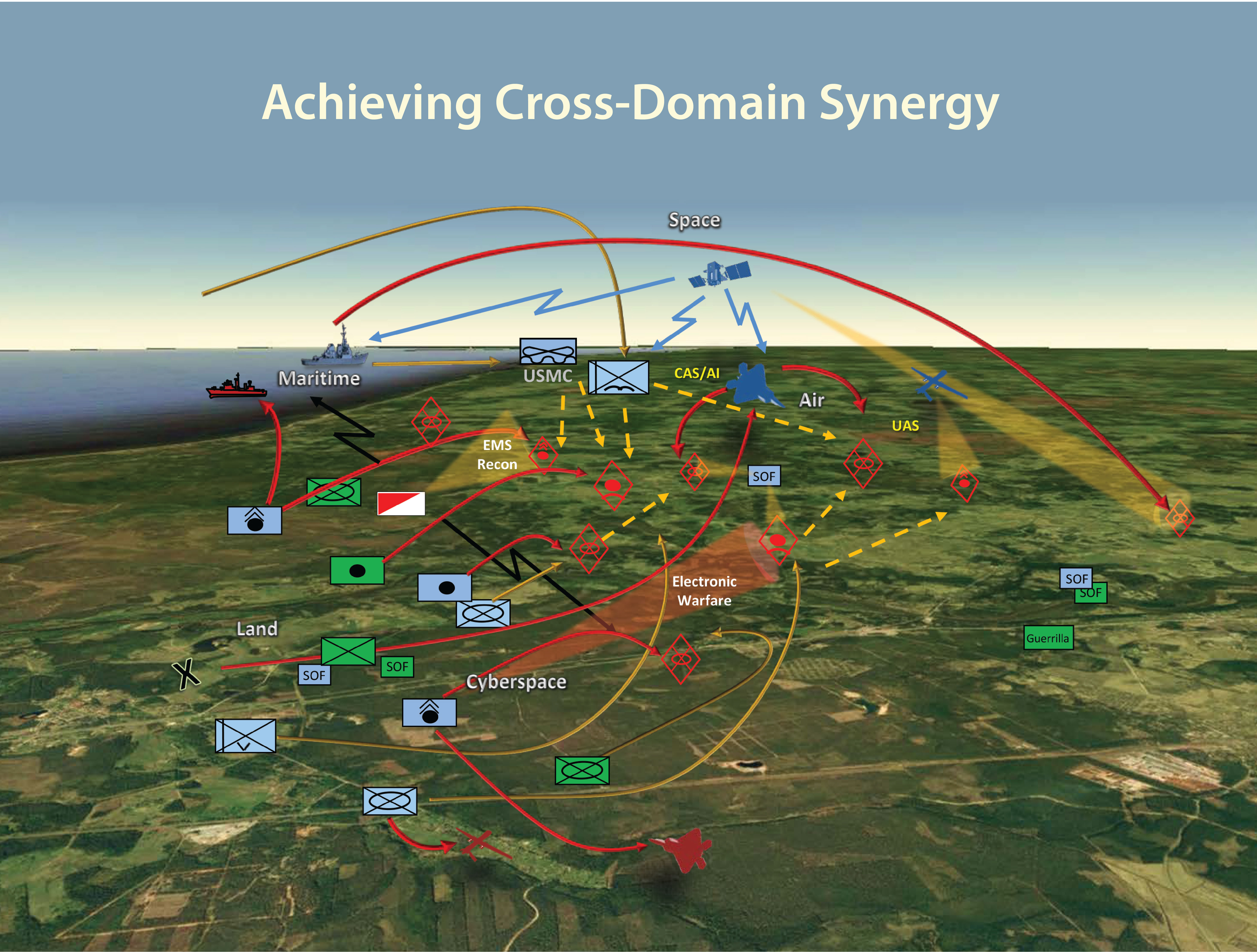
Driving Change to Win in the Future
Gen. David G. Perkins, US Army
This article frames the ideas taking shape for how land forces might conduct future operations under the multi-domain battle concept being developed by the Army Capabilities and Integration Center. In recognition of the centennial of American Expeditionary Forces entering World War I, the articles will incorporate relevant historical observations and lessons to help drive home the new and differentiate it from the old.
Published: Military Review July-August 2017
Download the PDF 
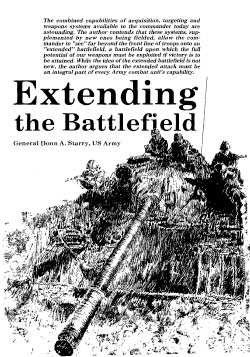
General Donn A. Starry, US Army
The combined capabilities of acquisition, targeting and weapons systems available to the commander today are astounding. The author contends that these systems, supplemented by new ones being fielded, allow the commander to "see" far beyond the front line of troops onto an "extended" battlefield, a battlefield upon which the full potential of our weapons must be exploited if victory is to be attained. While the idea of the extended battlefield is not new, the author argues that the extended attack must be an integral part of every Army combat unit's capability.
Published: Military Review March 1981
Download the PDF 
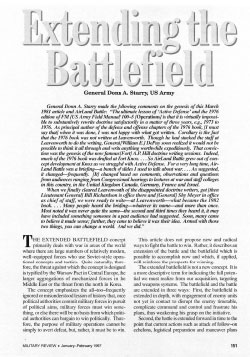
General Donn A. Starry, US Army
The Extended Battlefield concept primarily deals with war in areas of the world where there are large numbers of relatively modern, well-equipped forces who use Soviet-style operational concepts and tactics. Quite naturally, therefore, the threat against which the concept is designed is typified by the Warsaw Pact in Central Europe, the larger aggregations of mechanized forces in the Middle East or the threat from the north in Korea.
Published: Military Review January-February 1997
Download the PDF 
DOD Affiliated Websites
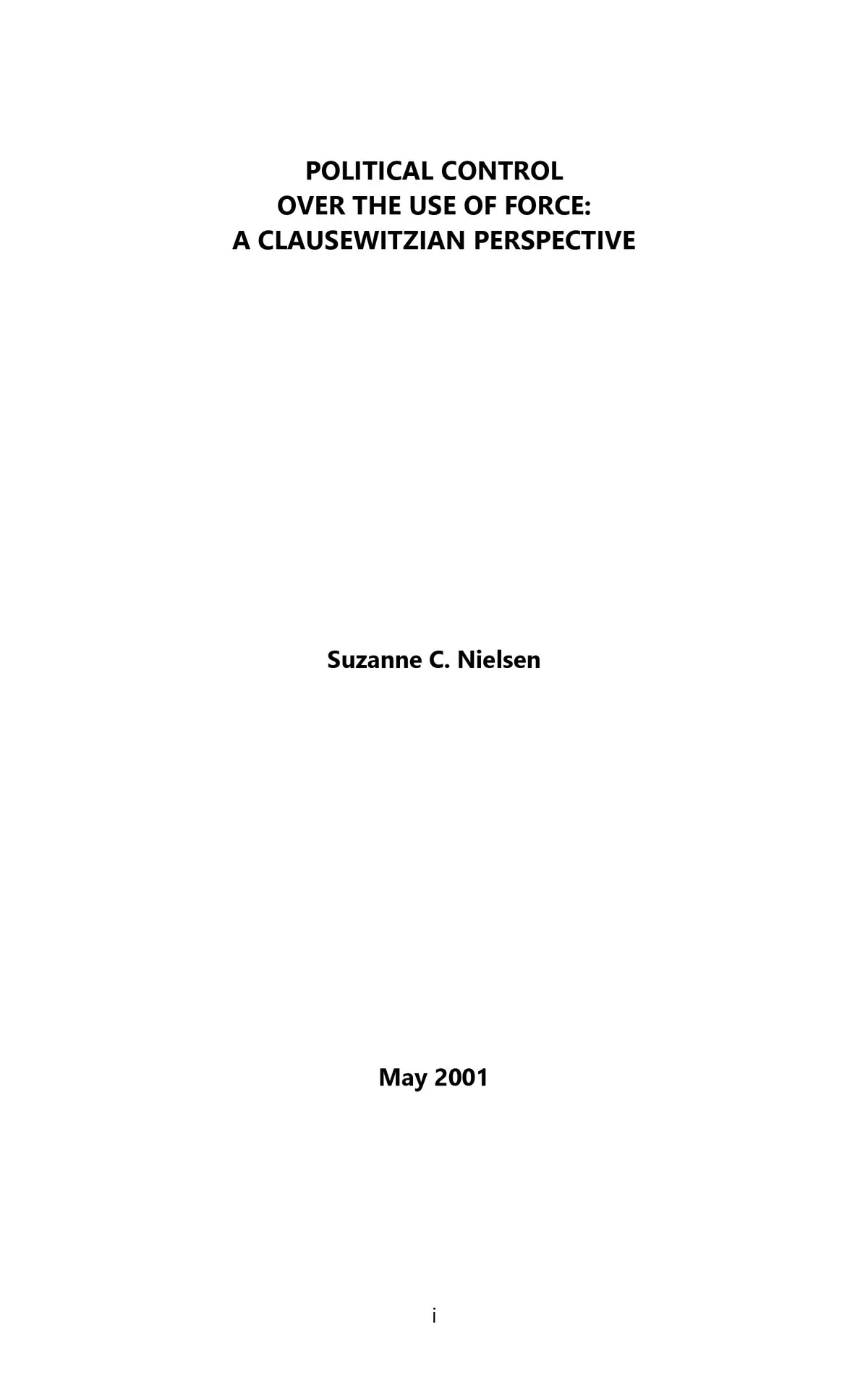
Suzanne C. Nielsen
What is the ideal relationship between the commander and the statesman in time of war? Is there a balance to be struck between political control and military operational expertise? Given the importance of these questions, the range of answers that has been given to them by both theorists and practitioners is striking.
Published: Strategic Studies Institue. May 2001
Download the PDF 
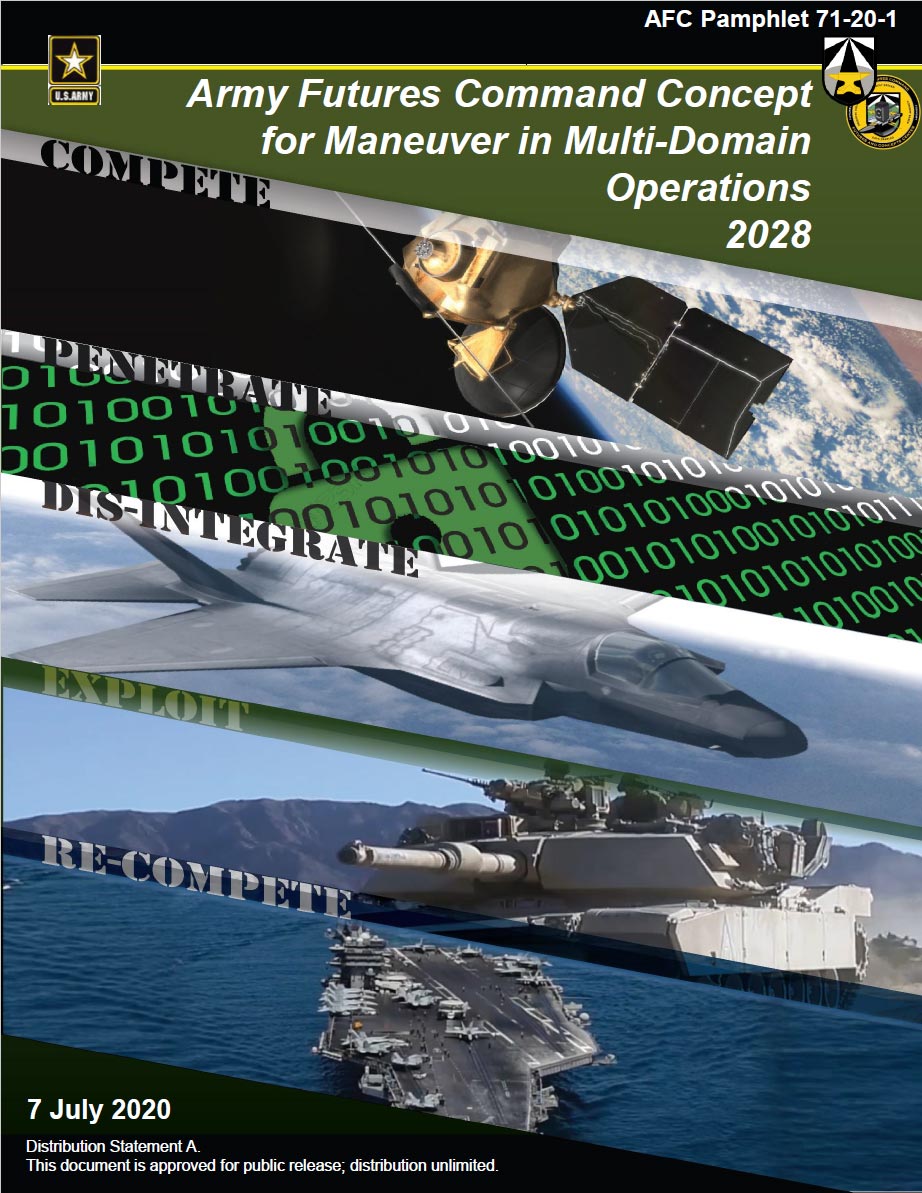
AFC Pam 71-20-1
U.S. dominance in the future OE is decreasing. The Army will have to man, train, and equip for adversaries that will challenge U.S. forces access to all domains and environments, including peer adversaries that will have capabilities able to contest U.S. forces in all domains with increasing effectiveness... The Army can no longer assume technological overmatch against future capable and elusive adversaries that will employ advanced capabilities in all domains.
Published: by Army Futures Command Concept for Maneuver in Multi-Domain Operations 2028. 7 July 2020
Download the PDF 
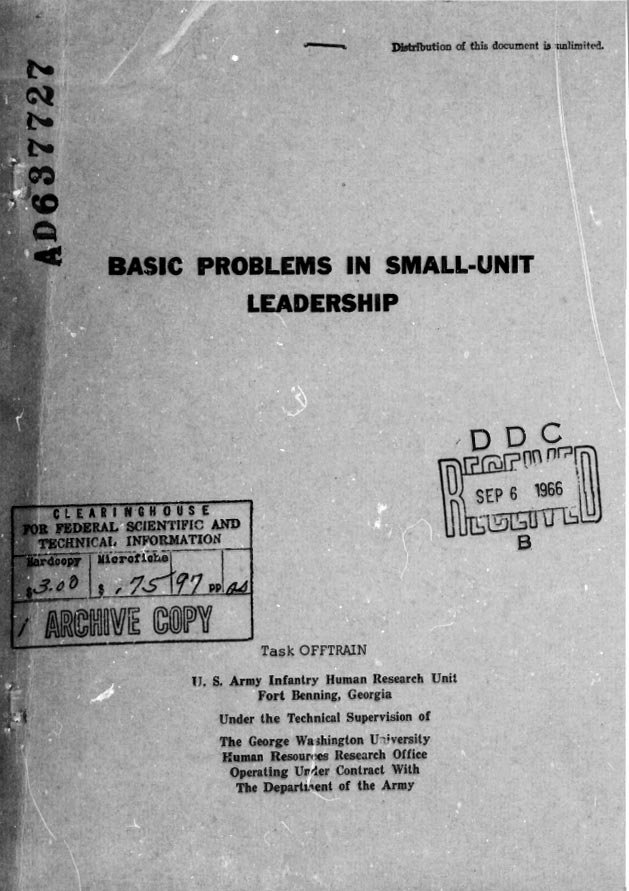
T. O. Jacobs
Task OFFTRAIN
This is a 1965 reprint from the original 1962 edition. The primary purpose of this booklet is to help both actual and aspiring leaders to acquire effective skills for influencing others, with particular reference to positions of military leadership.
Published: by U. S. Army Infantry Human Research Unit, Fort Benning, Georgia 1965
Download the PDF 
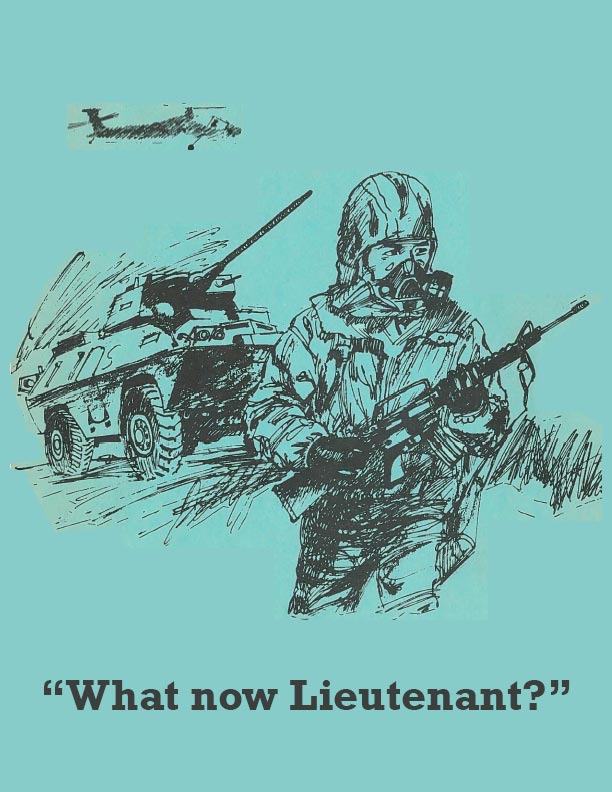
Maj. Gen. Howard Stone and
Cpt. Frank Williams
This booklet presents a training scenario that units can use to provide junior leaders experience in tactical decision-making, small unit operations, and the vagaries of changing combat circumstances.
Published: by the 9th Infantry Division 1975
Download the PDF 
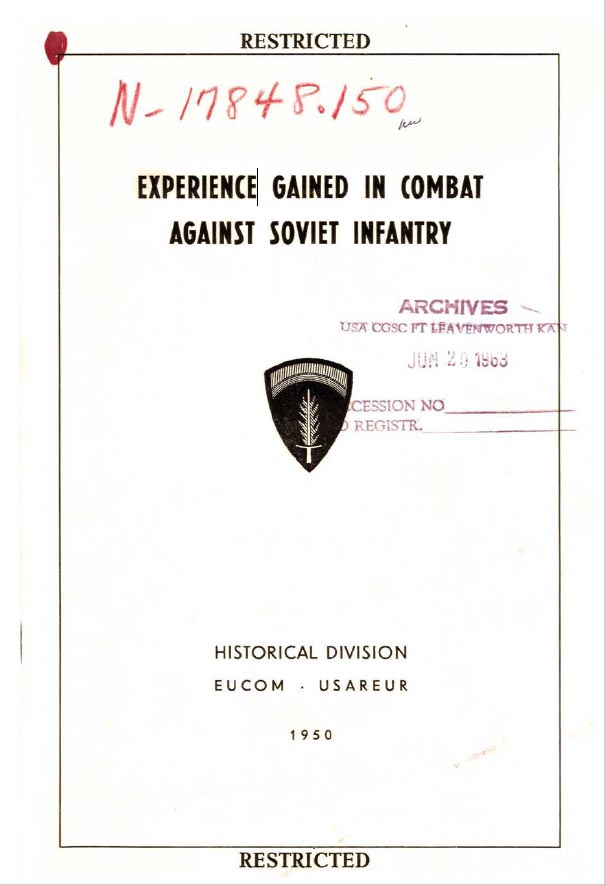
B. M. FITCH
Brigadier General USA
This study is a first-hand account by a former German field commander of the distinguishing characteristics of Soviet infantry as observed in two years, of combat during World War II. Restricted markings have been rescinded.
Published: by Historical Division EUCOM · USAREUR 1950
Download the PDF 

(Photo Credit: U.S. Army illustration)
A Subtle but Significant Transition in Military Thought
More than ever before, Airmen must have a clear and common understanding of simultaneous maneuver in multiple domains beyond air, space, and cyberspace.
By Dr. Jeffrey M. Reilly
Published: Air & Space Power Journal, Spring 2016
Download the PDF 
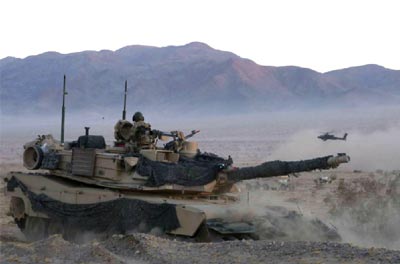
By Conrad Crane
Dr. Conrad Crane is Chief of Historical Services for the US Army Heritage and Education Center. His most recent book is Cassandra in Oz: Counterinsurgency and Future War, published by Naval Institute Press. (Image: U.S. Army photo by Pfc. Jasmine Ballard)
Published August 23, 2017 by War on the Rocks.
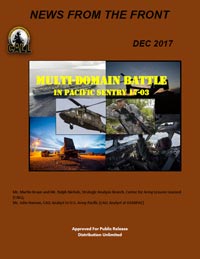
What the Battle for Mosul Teaches the Force
By Asymmetric Warfare Group, Center for Army Lessons Learned, 141st Military History Detachment (Washington Army National Guard), Army Capabilities Integration Center, Training and Doctrine Command, G-2, The U.S. Army Center of Military History, The Joint Staff, U.S. Marine Corps, British Army, The Royal Air Force
After a brutal nine-month campaign to liberate Mosul from the Islamic State, Iraqi security forces (ISF) retook Iraq’s second largest city. This battle was the largest conventional land battle since the capture of Baghdad by coalition forces in 2003 and the first sustained urban operation involving U.S. forces since the 1968 Battle of Hue.
Published: CALL, September 2017
Download the PDF 
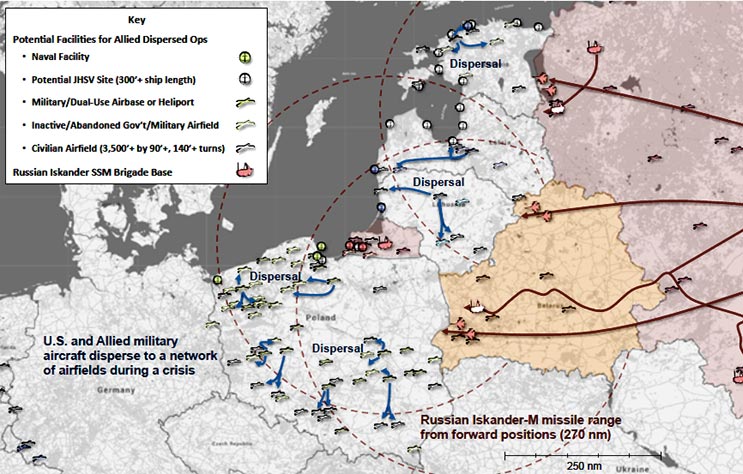
By Sydney J. Freedberg Jr.
To achieve this integration, “we’re going to have to think very differently about command and control,” said another participant.
Published: BreakingDefense.com, May 14, 2018
TRADOC Multi-Domain Battle
External Resources on Contemporary Websites
News Resources